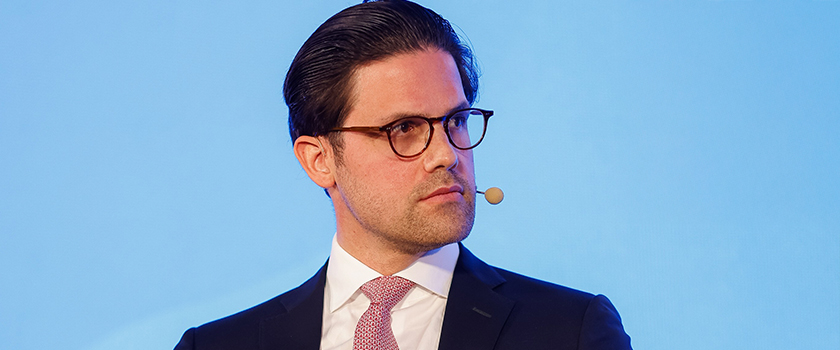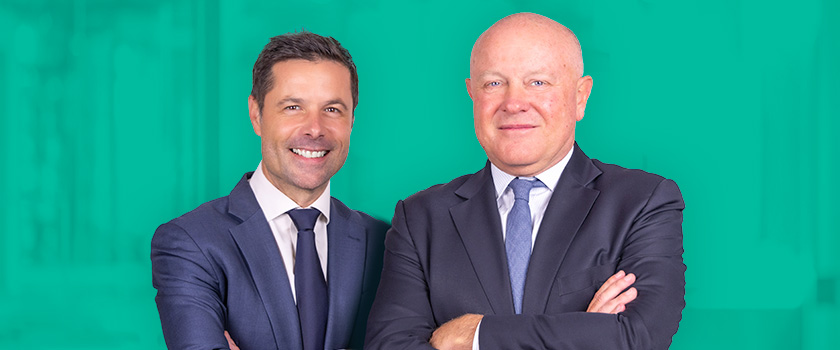Finanz und Wirtschaft (19.03.2022) -While a glimmer of hope for a cease-fire and the prospect of the Fed’s lift-off are providing some modest downside risk for the gold price, the general trend is upwards as investors flock into the safe haven of precious metals in search of protection from the rising geopolitical, energy supply and inflation risks.
Gold prices rose aggressively after the conflict between Russia and Ukraine broke out on 24 February. They increased by nearly USD 100 per ounce on the first day, and continued to rise in the subsequent weeks, reaching highs of USD 2,070/oz by early March. There were several factors sending investors to seek out gold, thereby propelling prices higher. First, increasing geopolitical tension between the West and Russia, which led most precious metals, including platinum and palladium, to trade at higher levels, reflecting concerns about supply – Russia produces over 60% of the world’s palladium, for example.
The second factor was heightened fears of inflation. The conflict in Ukraine will lead to higher food prices over the coming months, and already both grain and corn prices have surged. If the important planting season over the coming weeks is missed, the consequences will be disastrous for the harvest later this year, significantly increasing the risk of food price rises later in the year. The prospect of higher food prices, in an already elevated inflationary environment, is clearly supportive for the gold price, which acts as a traditional inflation hedge.
Third, the war in Ukraine will lead to a growth shock on the West’s economies, in particular Europe’s. Any negative growth spill-overs will limit the ability of central banks to raise interest rates, making stagflation a distinct possibility for the eurozone economy. Before the conflict, markets had anticipated that the Bank of England and the US Federal Reserve would raise interest rates by 50 bps in March. The prospect of higher inflation with a lower interest rate profile is supportive for gold prices, and this explains why gold prices have risen aggressively, as has investor positioning. CFTC data show that net non-commercial futures positions have increased significantly in recent weeks.
Prices fell back to levels of around USD 1,920 by mid-March, in response to news of progress between Russian and Ukrainian negotiators, with the Ukrainian side saying that the Russian side had become more ‘realistic’. There are modest downside risks in the short term, supported by the potential for a ceasefire between Russia and Ukraine and the Fed’s lift-off, but they should be limited to levels of around USD 1,850.
Over the longer term, we think that gold has probably entered a new trading regime, reflecting higher inflation rates and heightened geopolitical risks, moving up to a higher range than before, between USD 1800 and 2,100.








